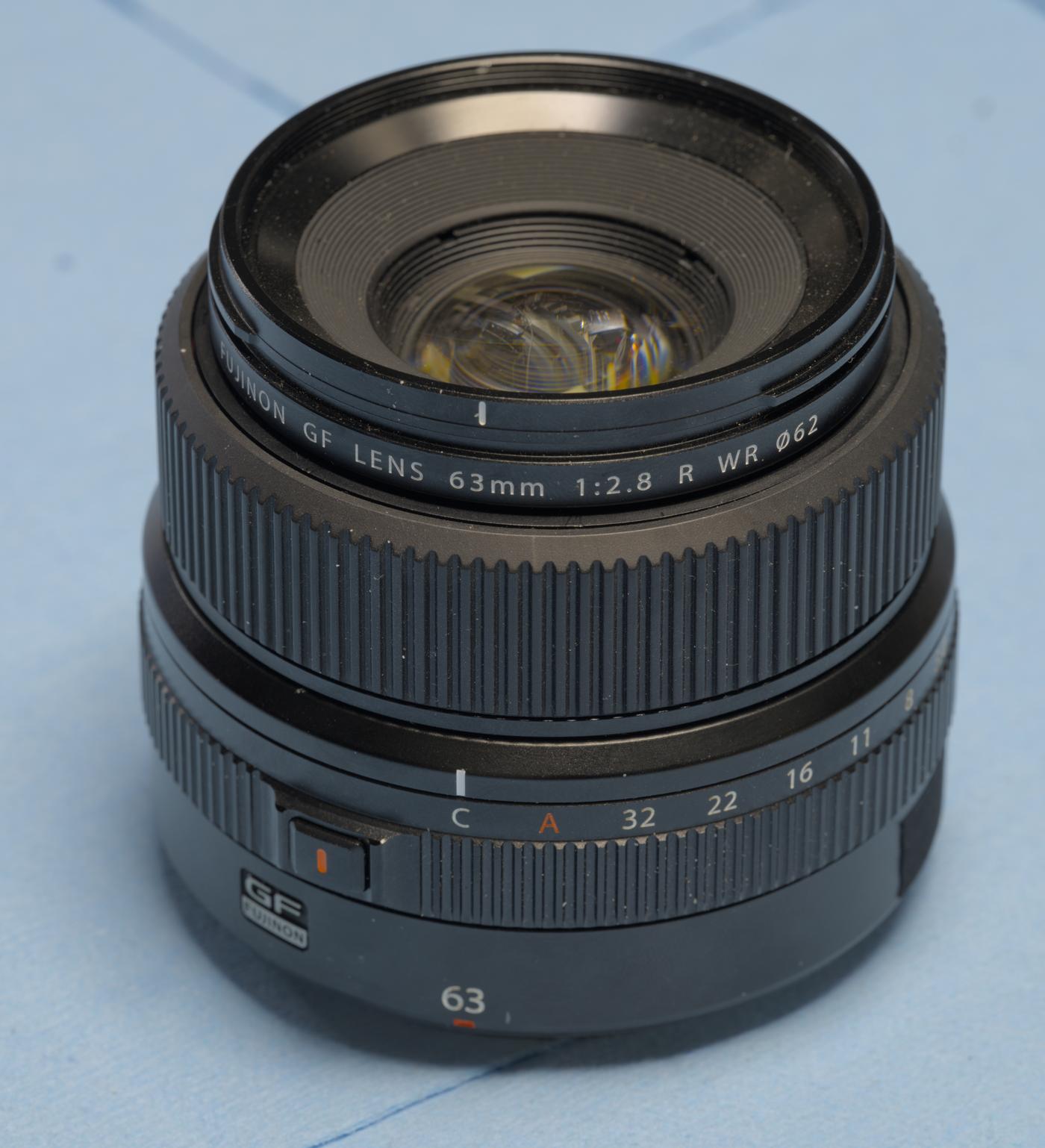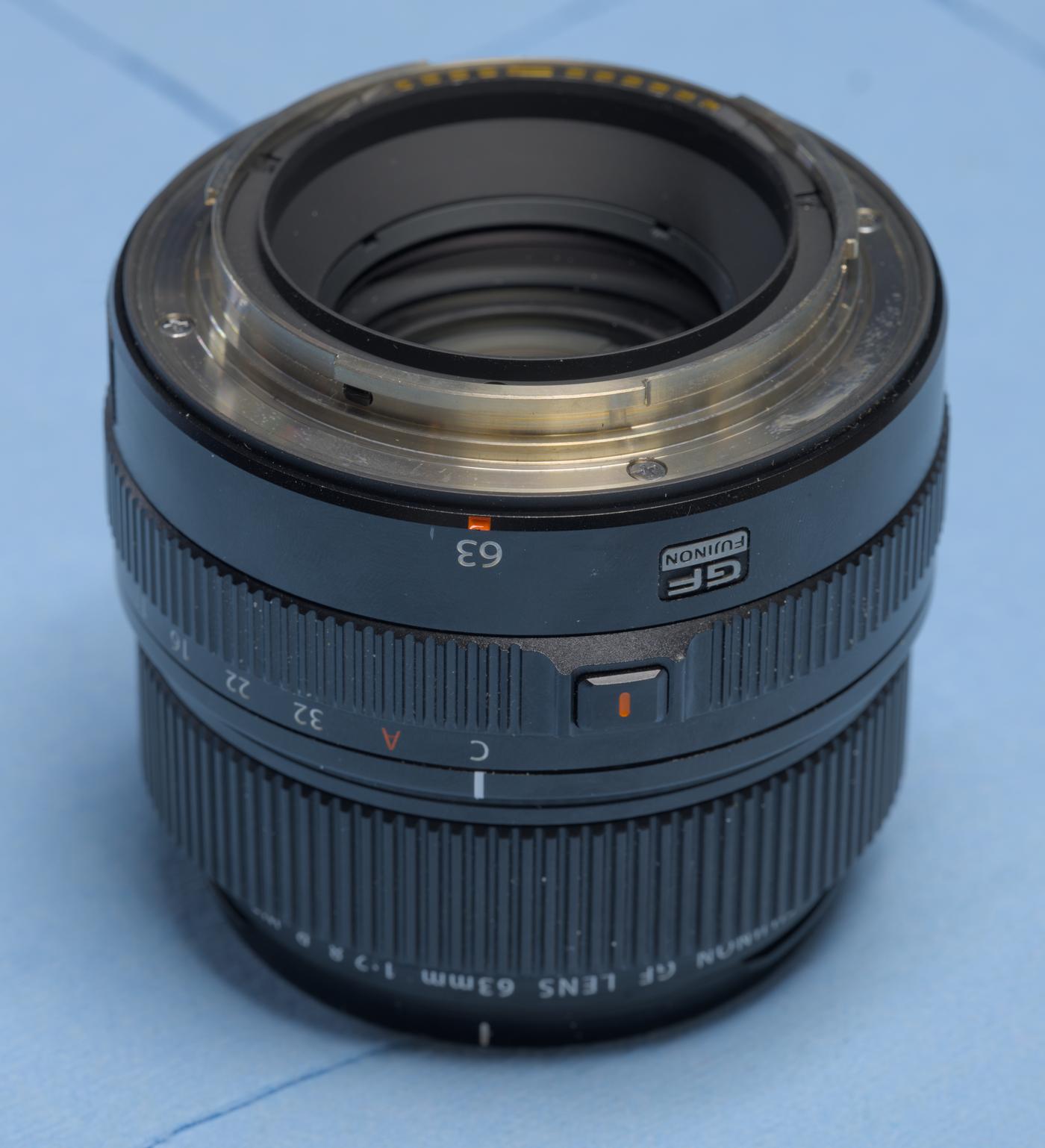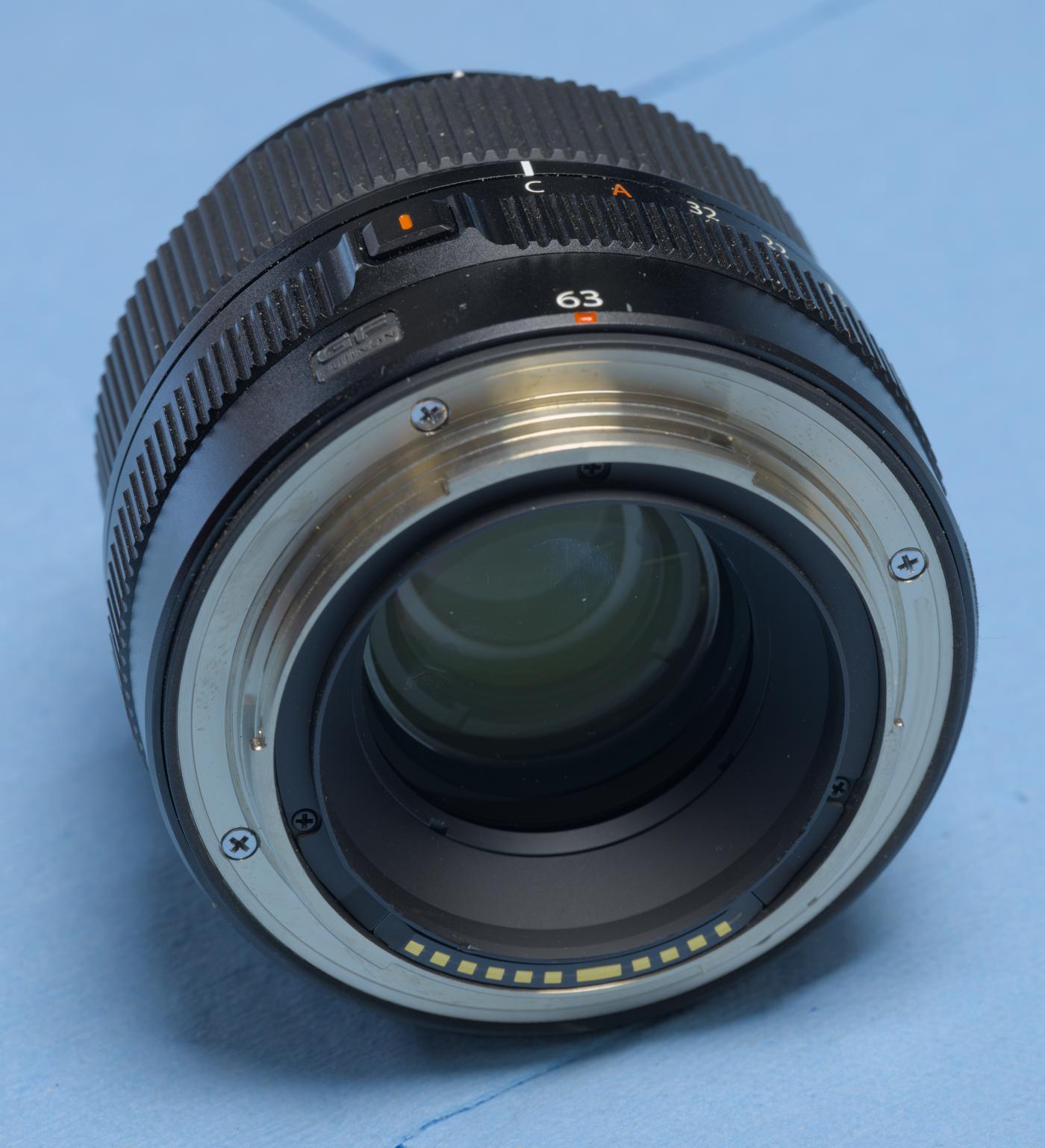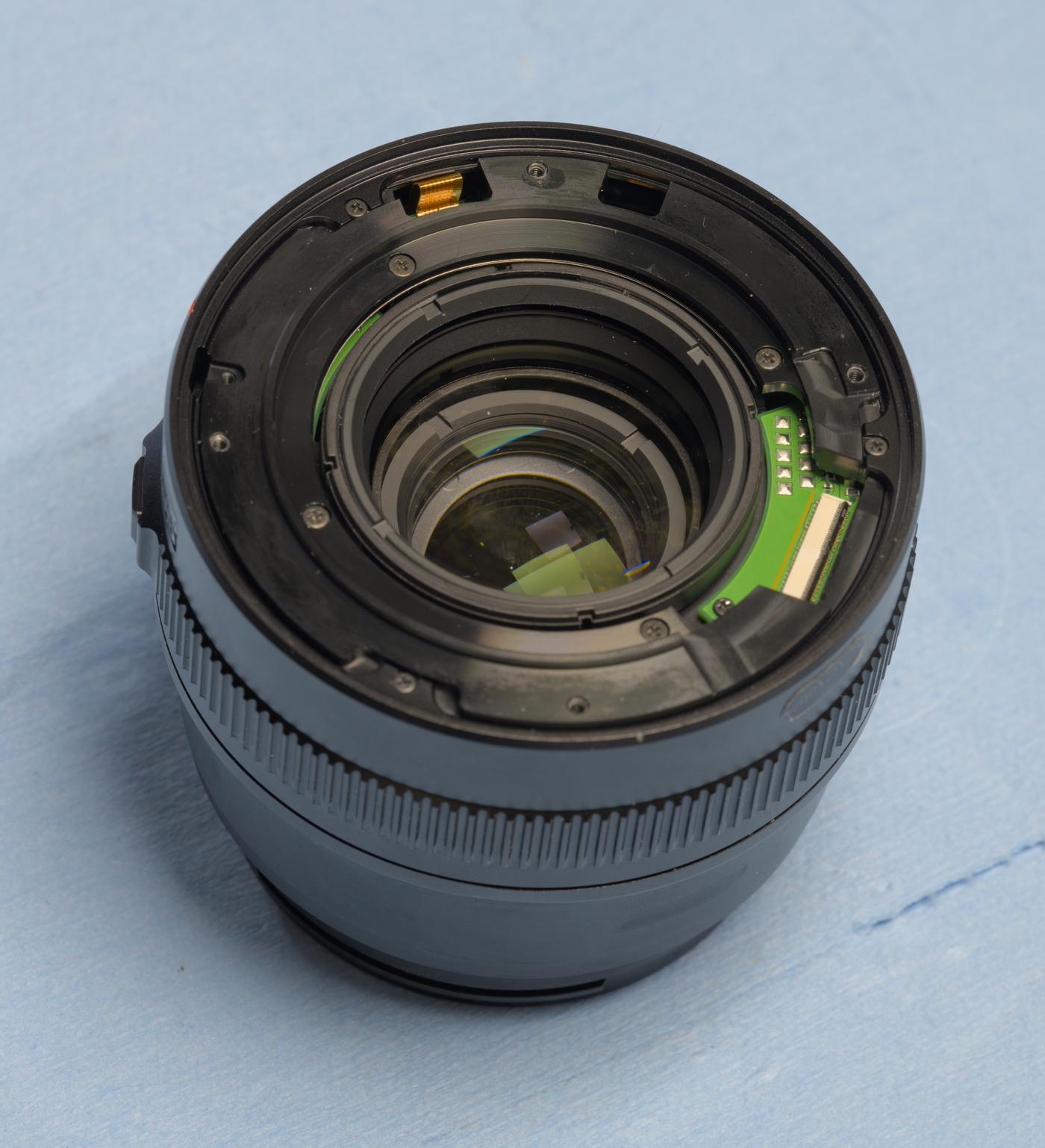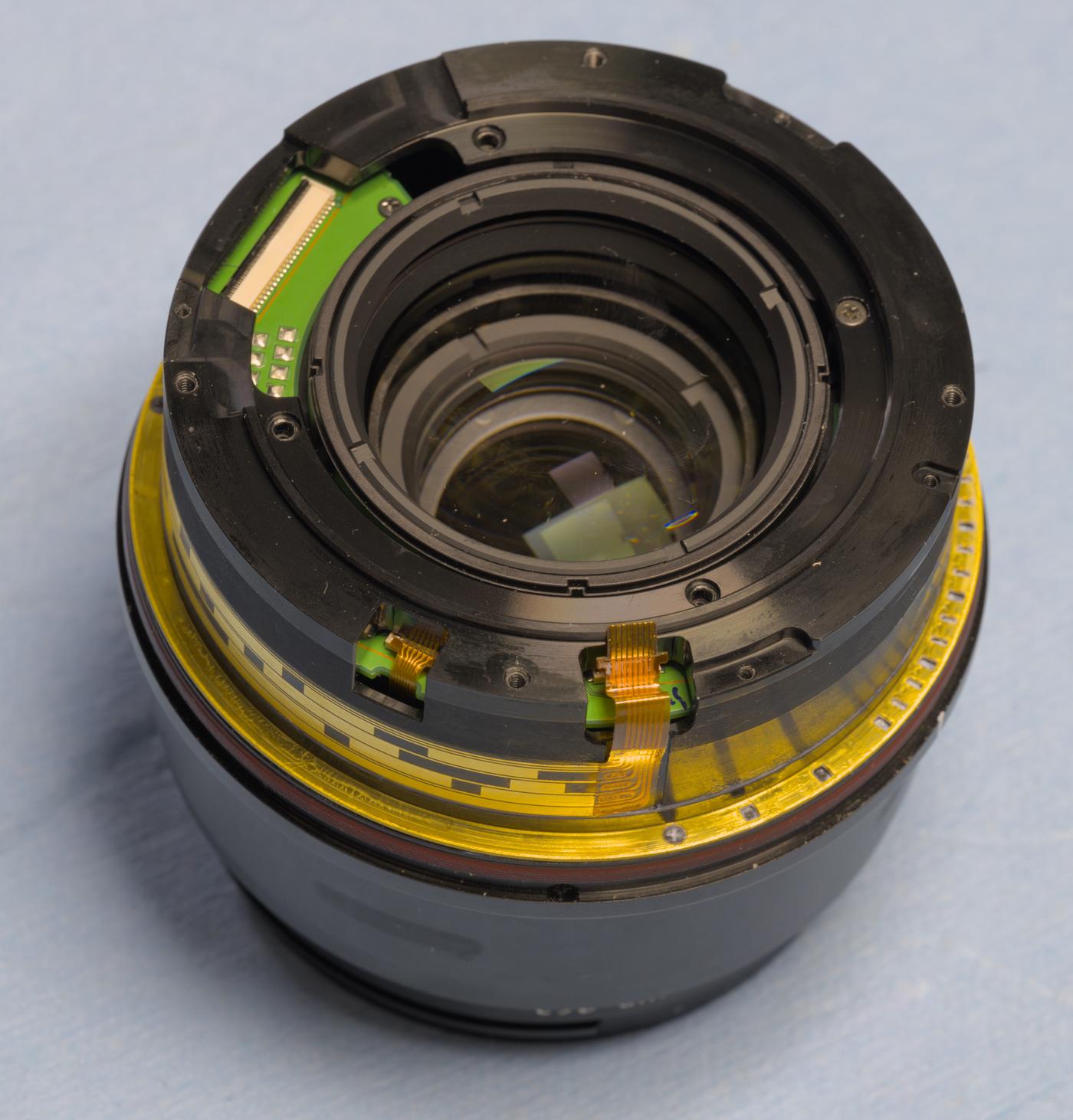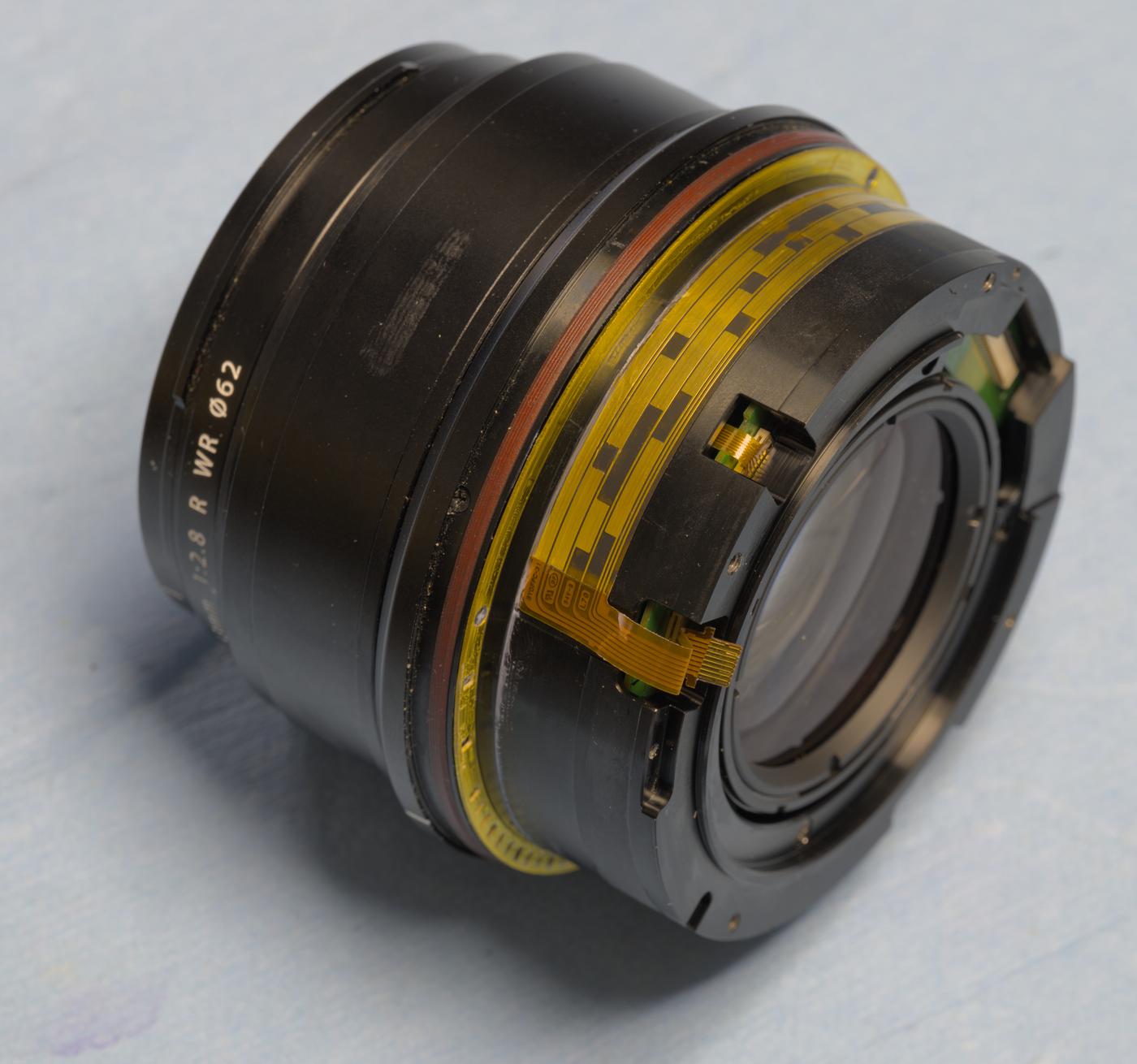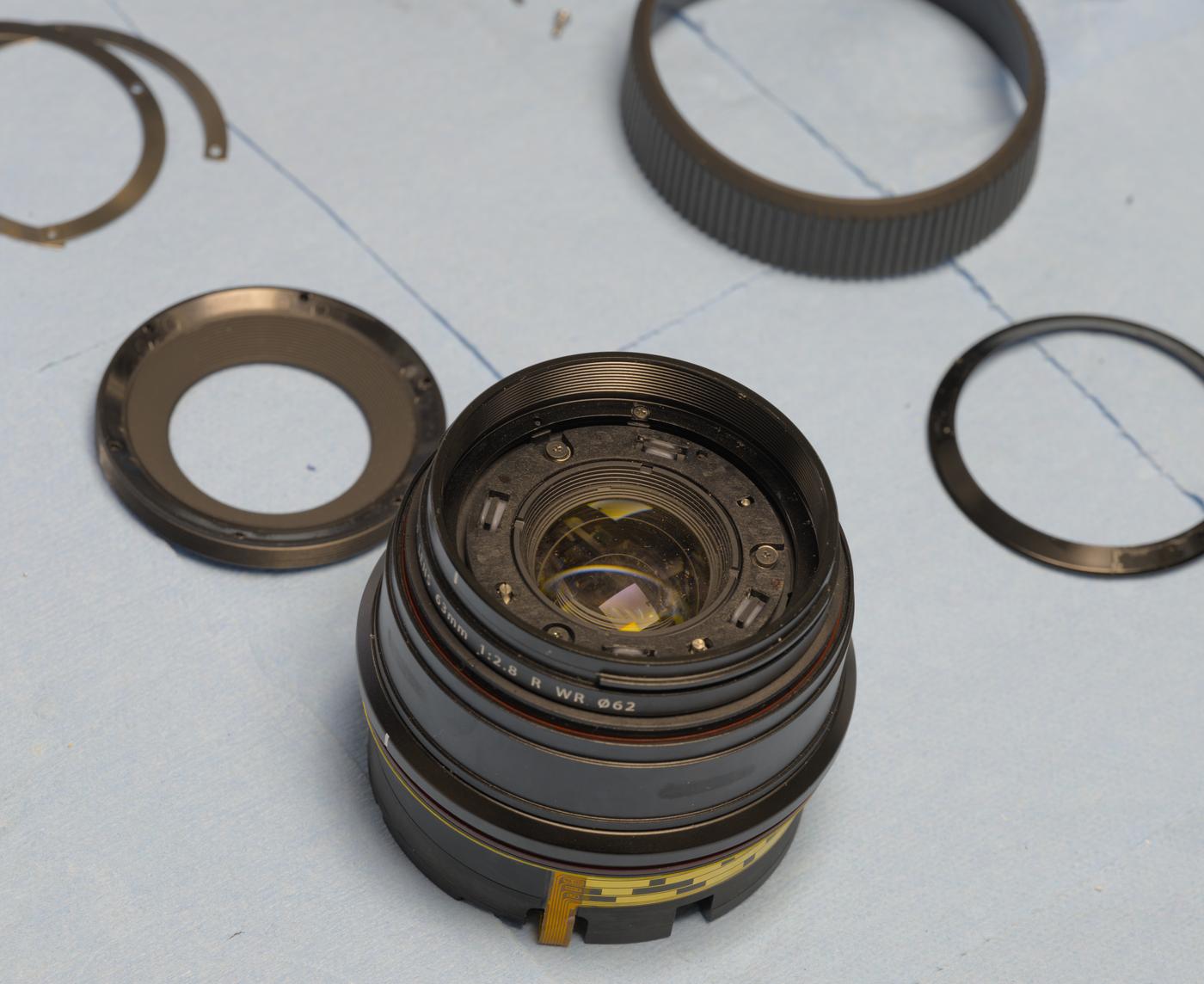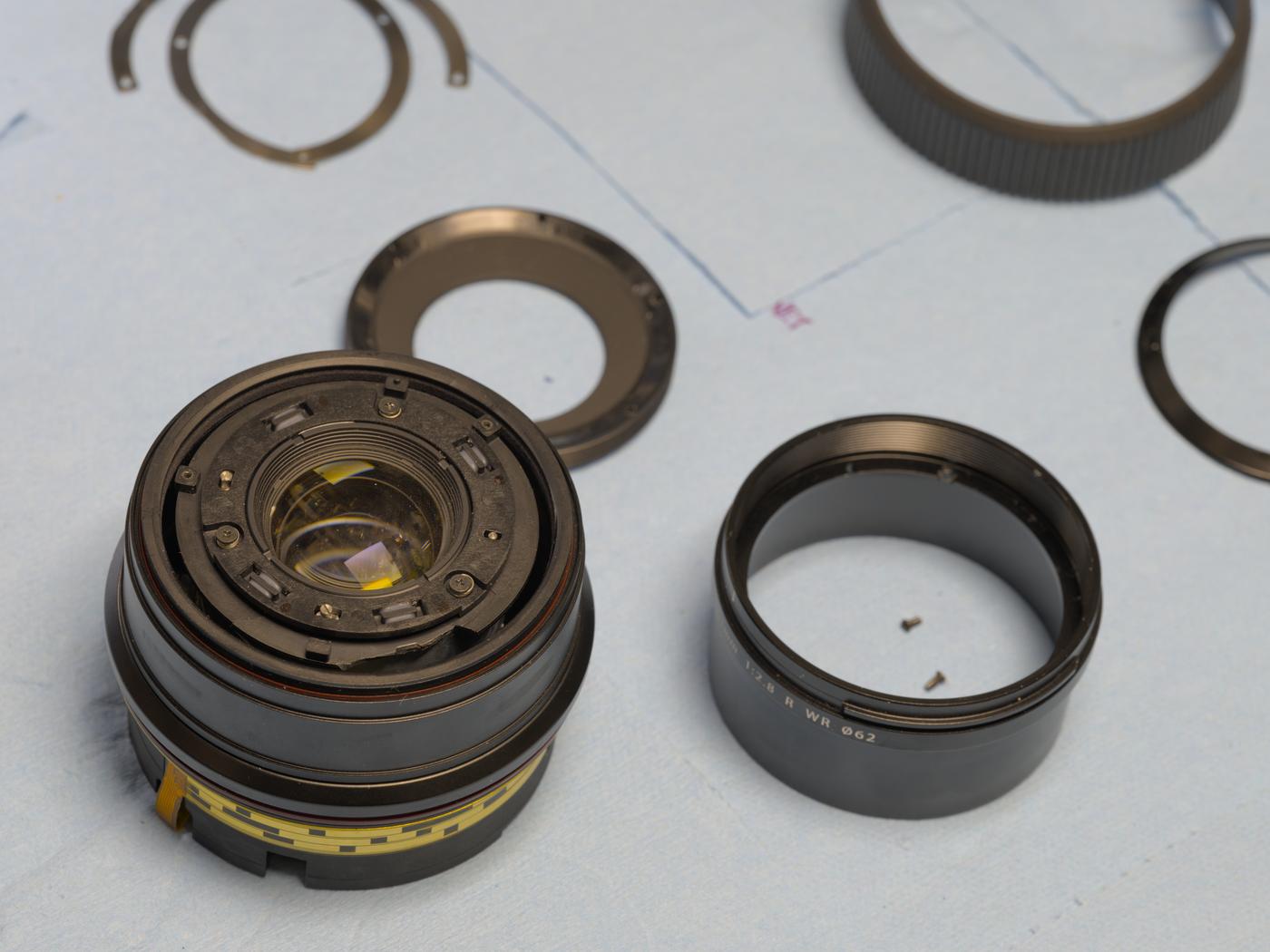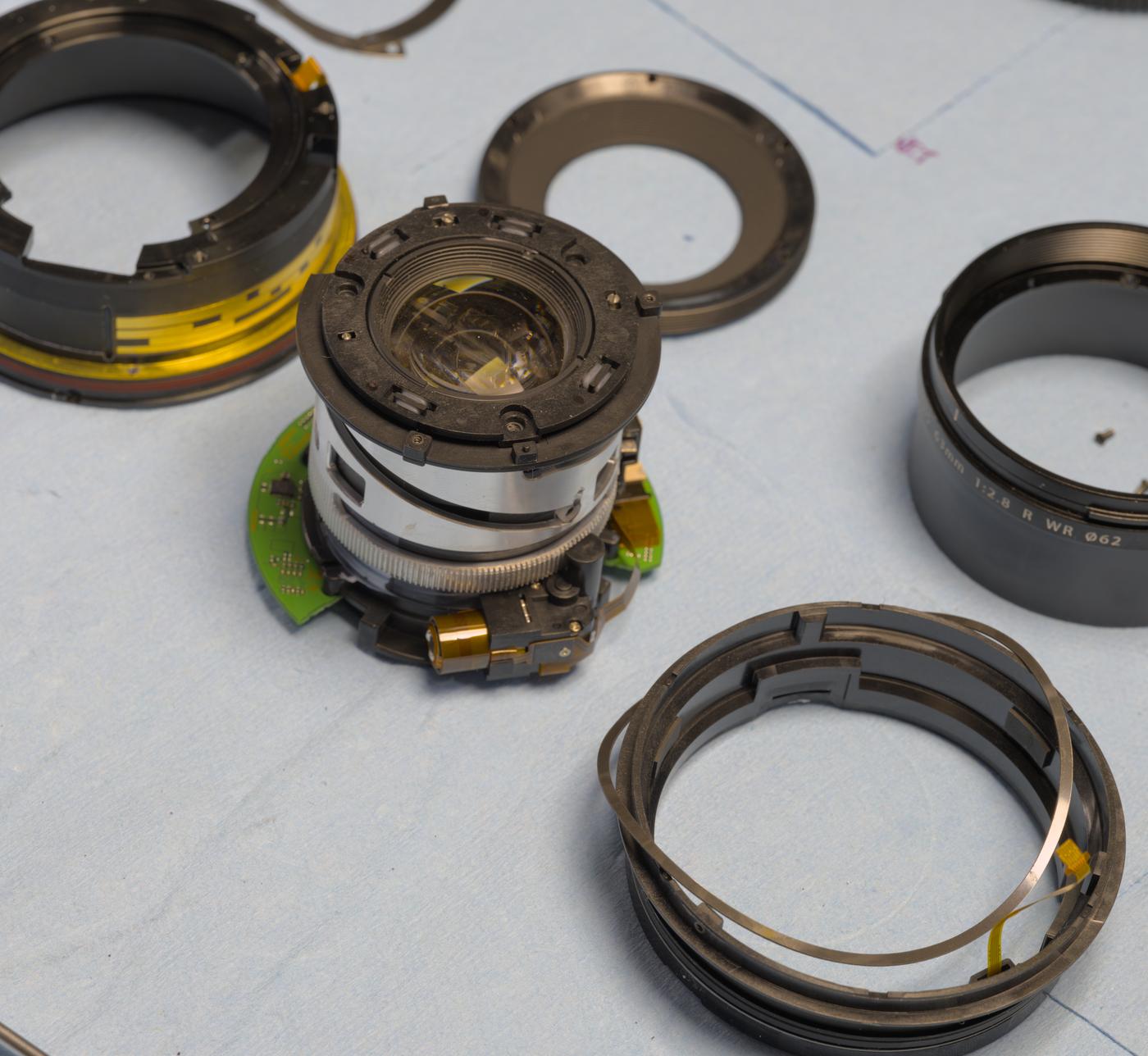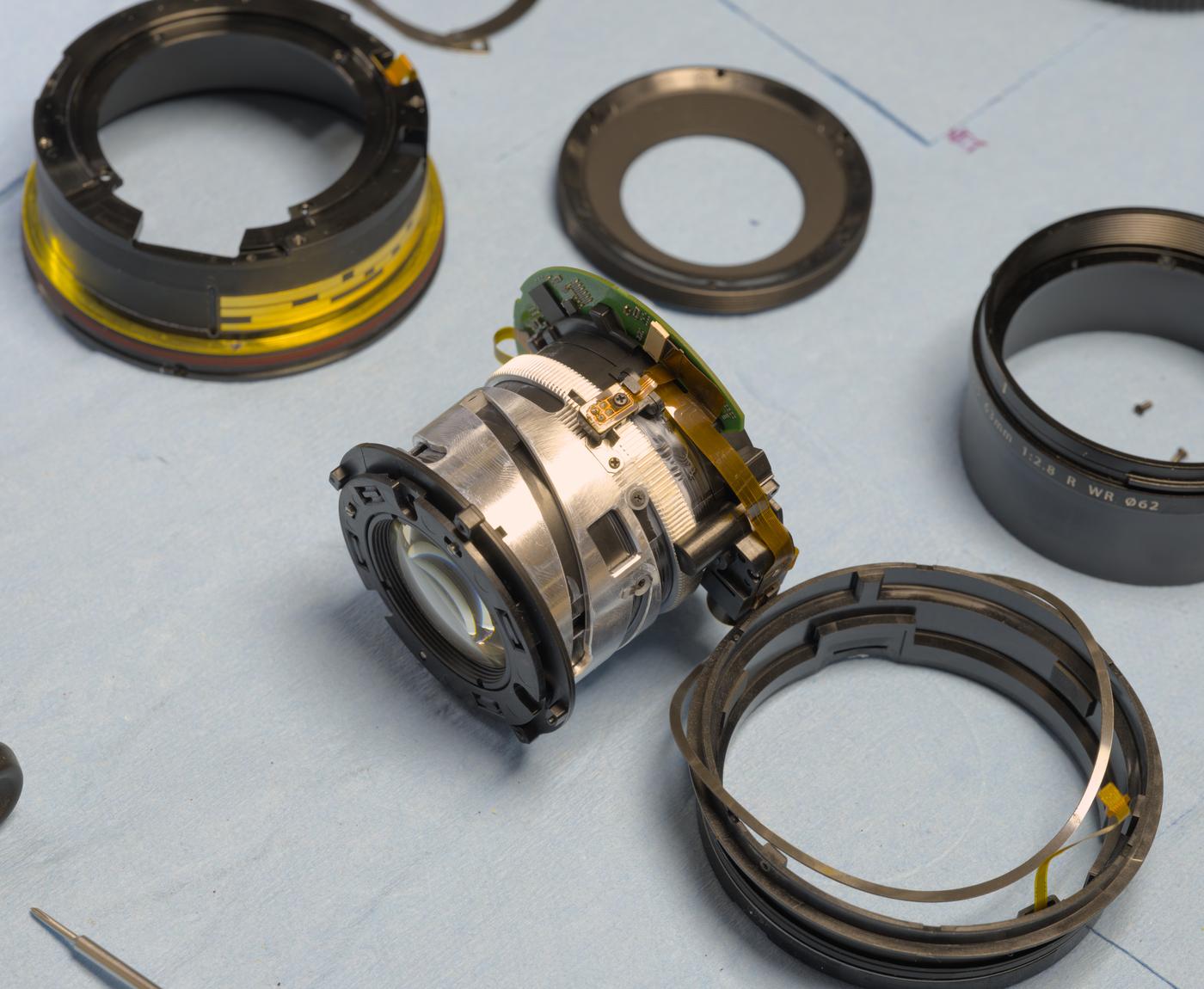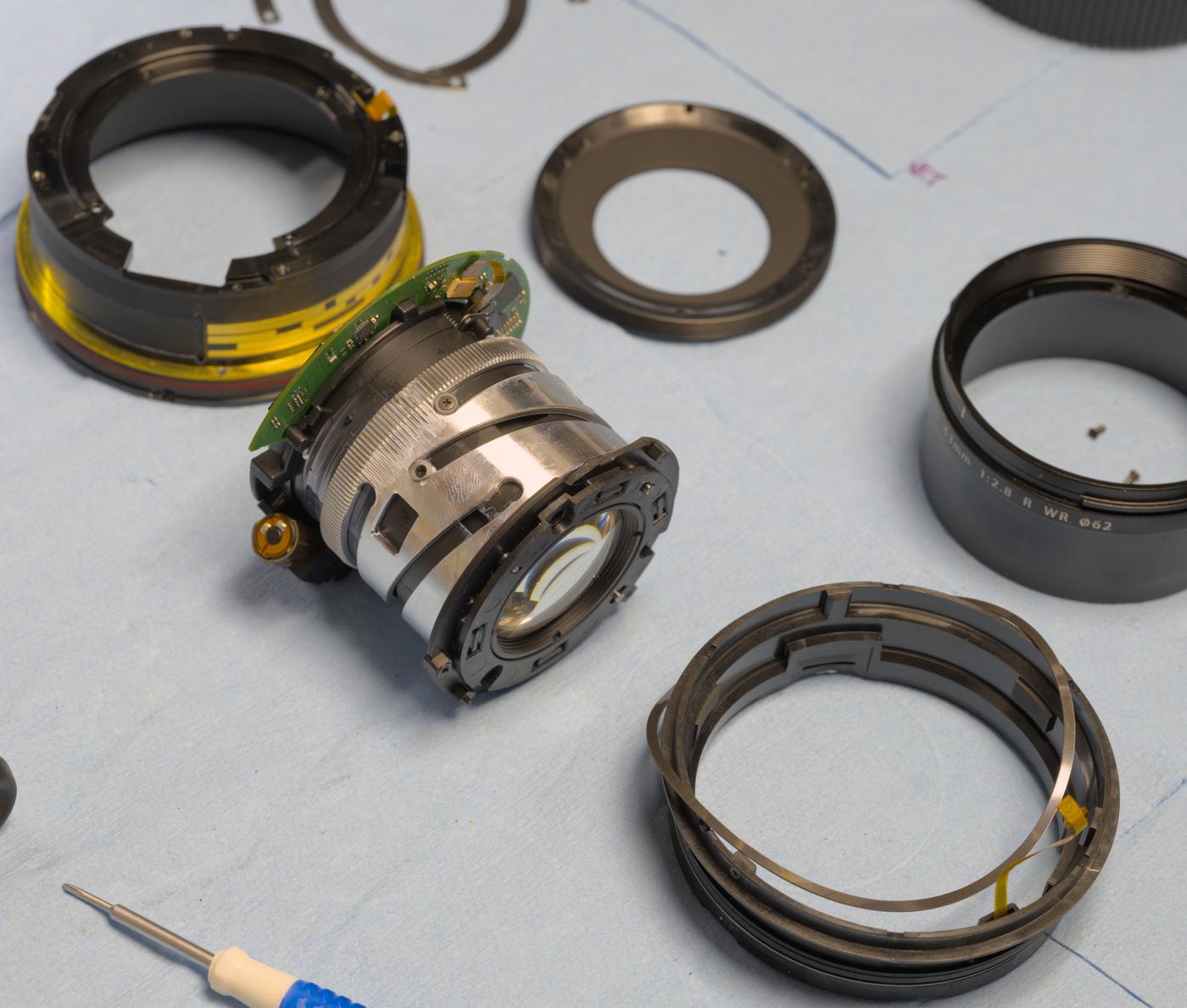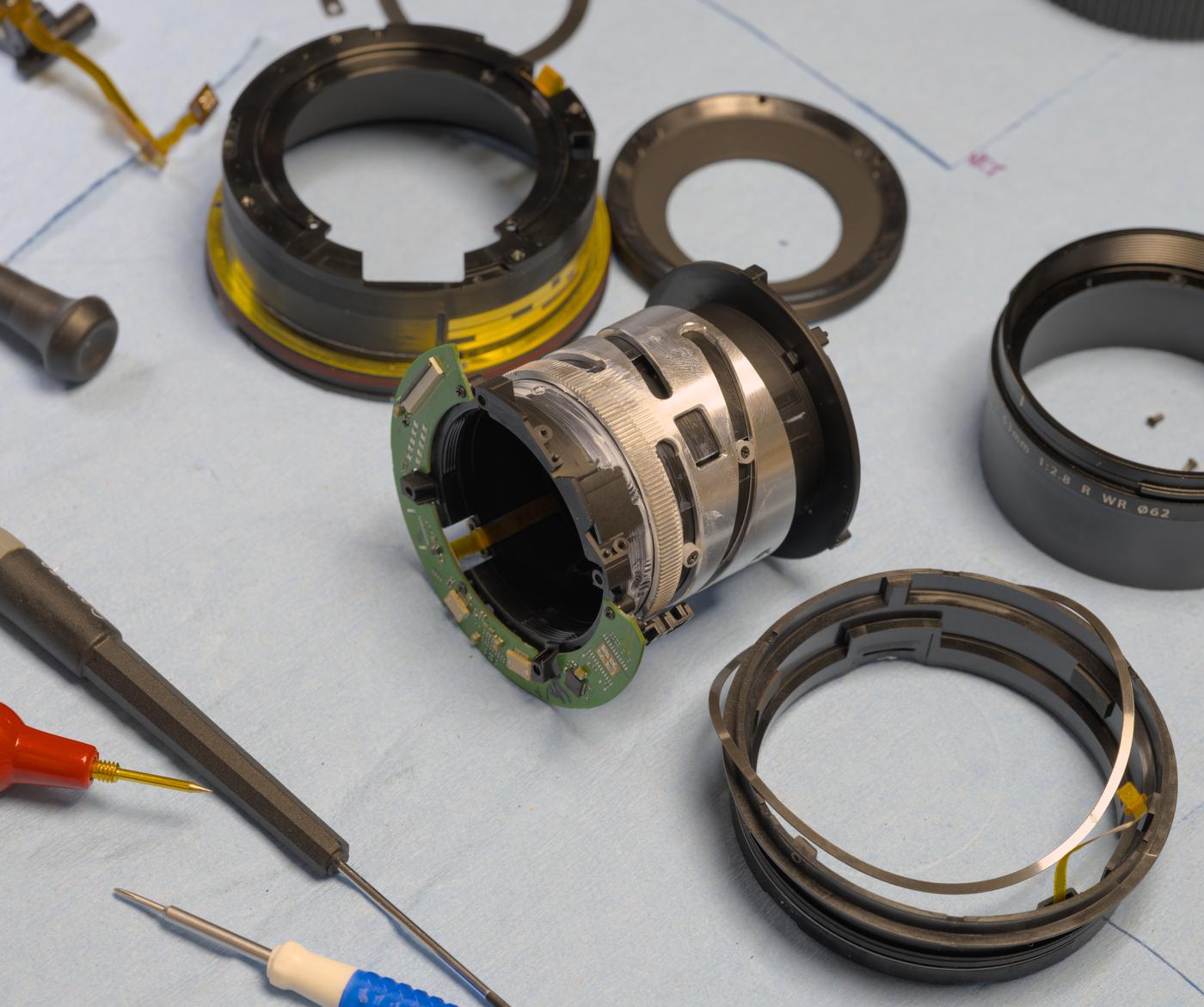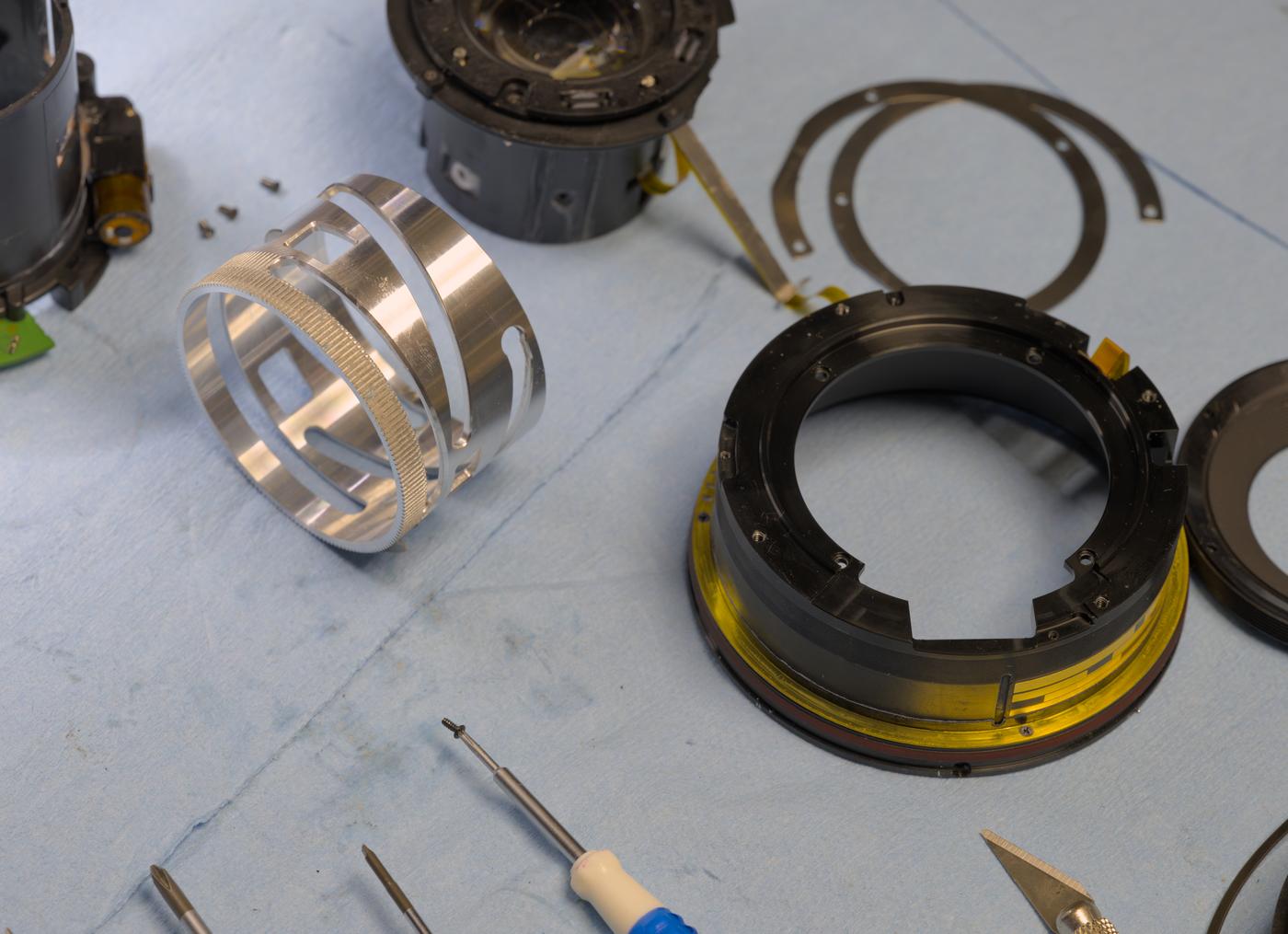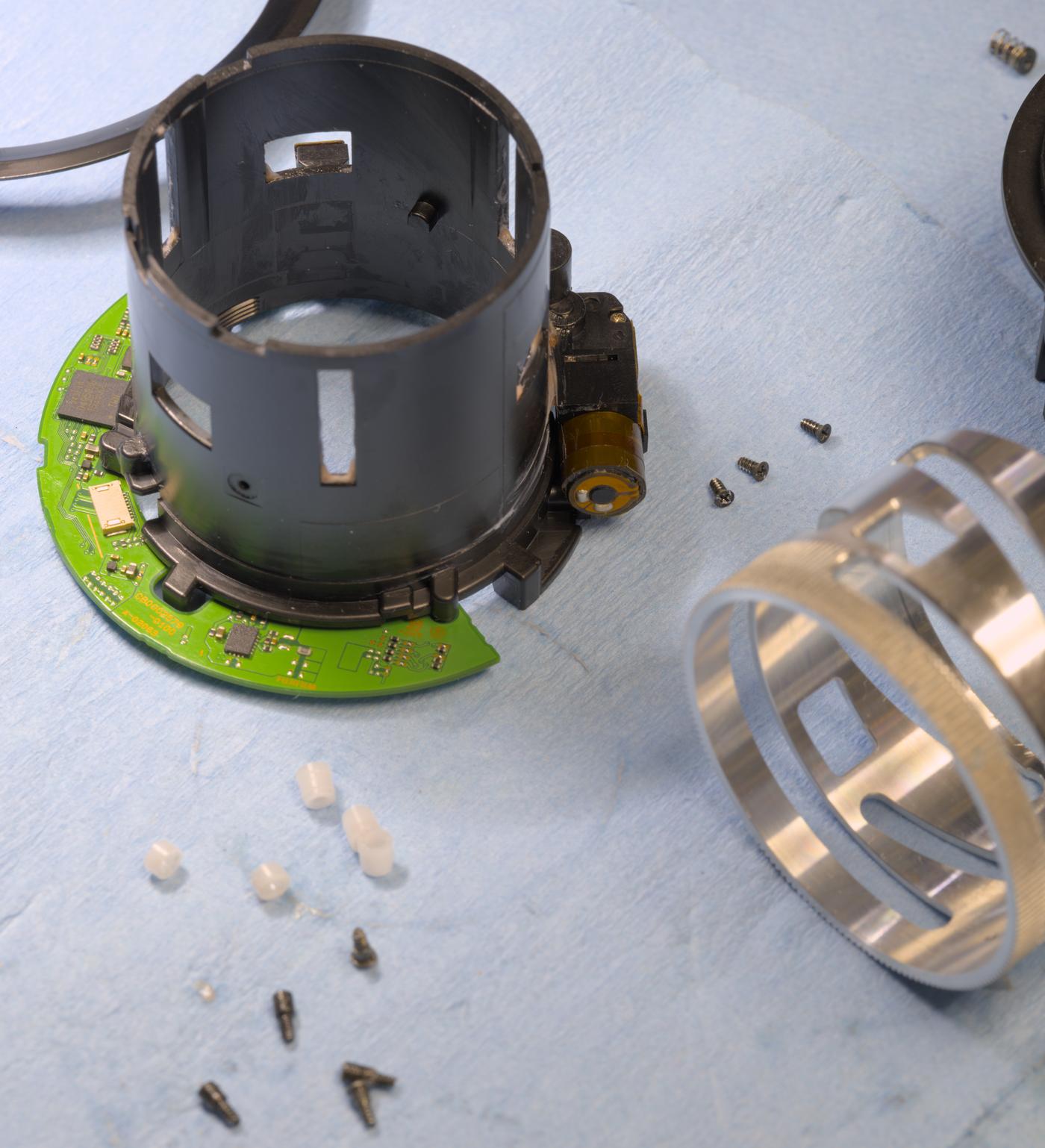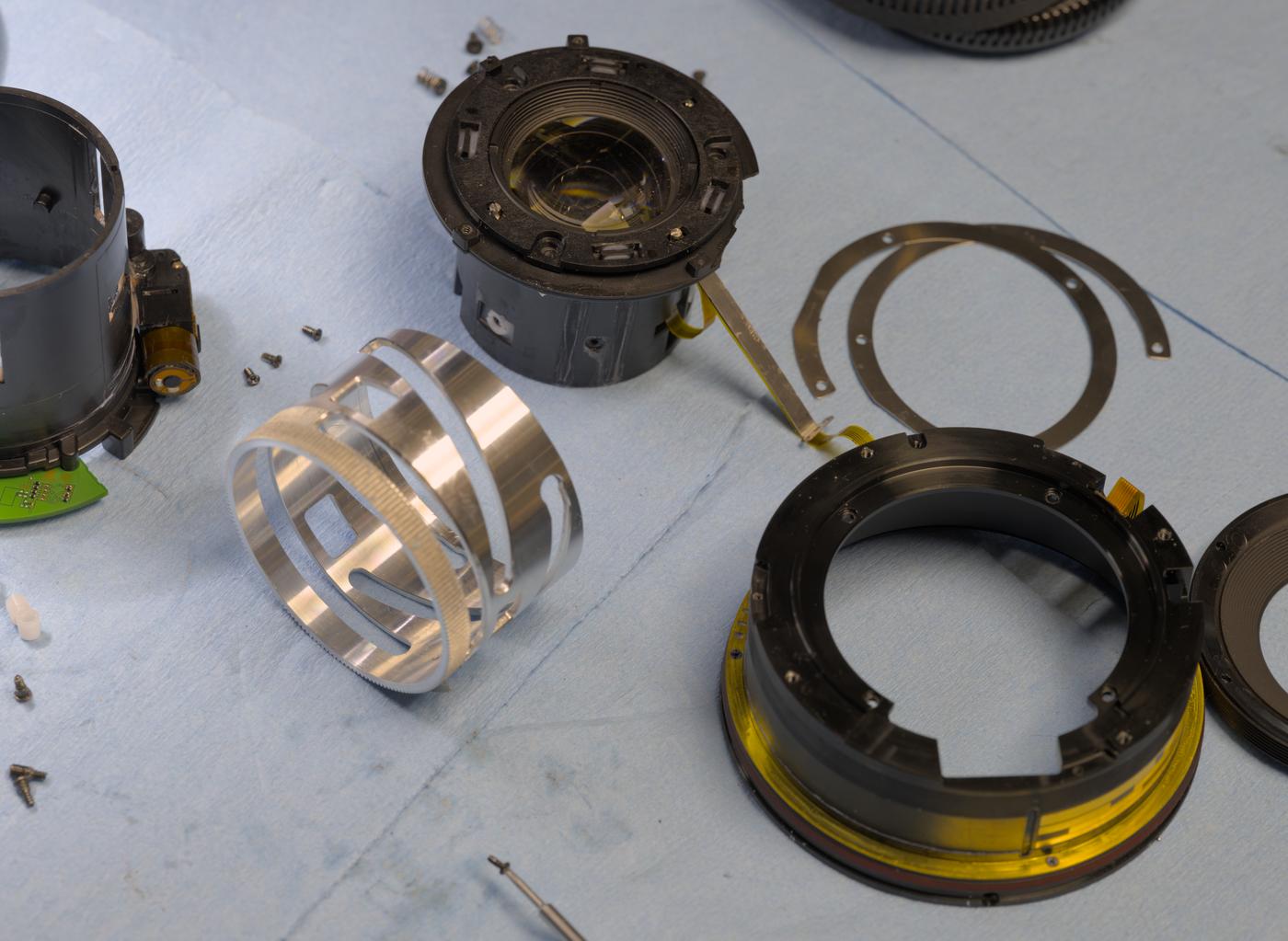This GF63mmF2.8 R WR lens is designed for Fujifilm medium format GFX series digital cameras.
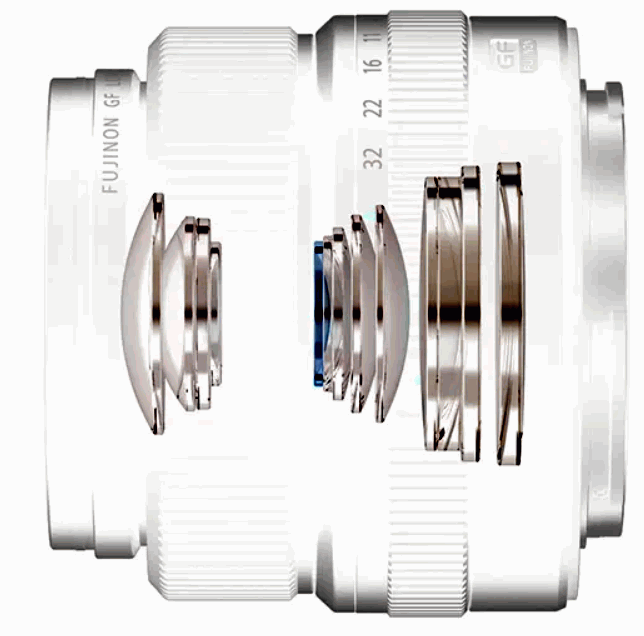
Image 1: GF63mm f2.8 Lens design
WR in lens name means it’s equipped with Weather Resistance seals, which help with reliability in the field. However neither lens nor GFX bodies have full IP67 water ingress protection, so be careful with Fuji GFX system in the inclement weather outings.
I’ve heard of Fujifilm before when I was shooting on Nikon D80 and DSLR were all the rage. Fujifilm back in 2006 had special version of D200 camera body with their own 6.17 MP CCD sensor and electronics, called Finepix S5 Pro. S5 Pro was famous for it’s unique color rendition, compared to more common D200. There was even more special FinePix IS Pro version full spectrum with light sensitivity from 380 nm to 1000nm, capable capturing NIR and UV.
Disclaimer
Redistribution and use of this article, any part of it or any images or files referenced in it, in source and binary forms, with or without modification, are permitted provided that the following conditions are met:
- Redistributions of article must retain the above copyright notice, this list of conditions, link to this page (https://windychi.com/article/fgf63mm/) and the following disclaimer.
- Redistributions of files in binary form must reproduce the above copyright notice, this list of conditions, link to this page (https://windychi.com/article/fgf63mm/), and the following disclaimer in the documentation and/or other materials provided with the distribution, for example Readme file.
All information posted here is hosted just for education purposes and provided AS IS. In no event shall the author, Windychi.com site or Fujifilm Holdings Corporation or any other 3rd party be liable for any special, direct, indirect, or consequential damages or any damages whatsoever resulting from loss of use, data or profits, whether in an action of contract, negligence or other tortuous action, arising out of or in connection with the use or performance of information published here.
Certain commercial equipment, instruments, or materials are identified in this article to foster better understanding. Such identification does not imply recommendation or endorsement by the author or/and Windydchi.com, nor does it imply that the materials or equipment identified are necessarily the best available for the purpose. Devices and components were not screened or conditioned prior to use in the electronic assembly, unless explicitly stated otherwise.
Issue with the lens
For testing I’ve used GFX 100S and 50S II bodies. Once lens is attached test camera reports the lens fault with message “TURN OFF THE CAMERA AND TURN ON AGAIN” and would not let user do anything, locking out all the controls. Both GFX 50S II and GFX 100S were reporting same problem with this lens.
p=. 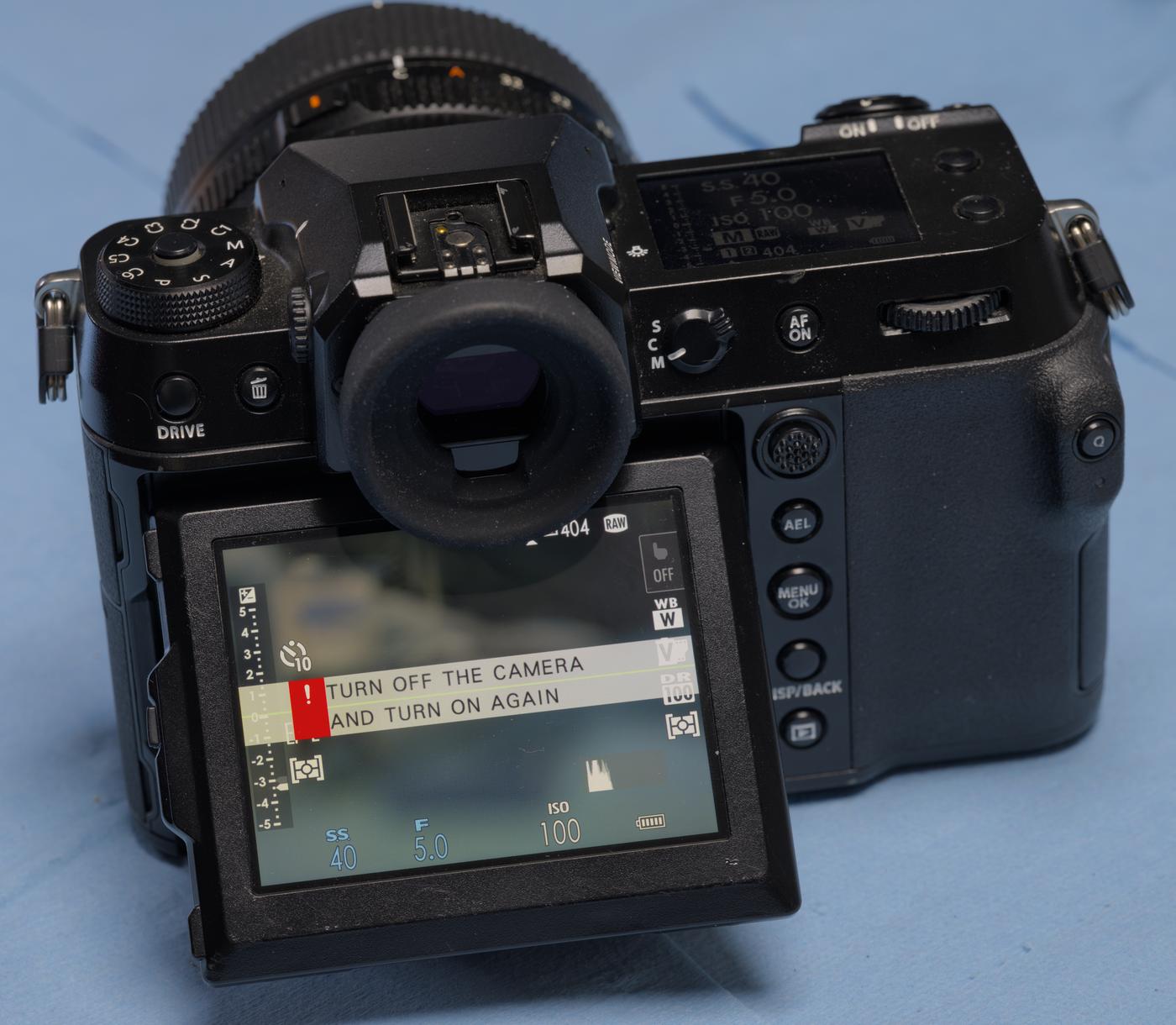
Image 2: Unhappy camera reporting lens error
Turning focus or aperture rings did not do anything. Focus ring was turning smoothly but like all other GF lenses it’s not mechanically coupled to inner focusing blocks movements. Optics internally looking nice and clean.
Teardown
With such condition, lens was unusable since it could not be focused or controlled from the camera. I was also interested to see how it is built internally and if it’s something simple internally like a damaged coupling or broken part. Lens was written off already and there are no much expectations to make it working again. We can call it a sacrifice for science and gaining knowledge about modern GF lens internal design.
Most likely this lens was dropped or had frontal impact, getting the moving frontal block jammed in. When attached to camera it has just little blip and nothing else.
Externally everything looks pretty good without cracks or damages.
Some finger prints here and there but nothing too bad visually.
Removing mount plate reveals access to rear lens block, metal chassis and glimpse on PCBA.
Aperture ring is same as with other GF lenses and easily removed by pulling gently up. Don’t loose the ball bearing that provides that nice “click” on each stop position.
Detach some flex PCB and remove the rear lens block.
Next step is to detach front metal ring held by double-tape adhesive in few spots and unscrew plastic ring around the front element. Unlike the more expensive 80mm f1.7 and 120mm f4 Macro front ring is plastic in this cheaper lens.
Now we can remove the front cylinder body and gain access to remove the focusing ring next step. Here it is also apparent a damage on the plastic body that surrounds the front lens block. This further suggests the impact from the front, but somebody was already in this lens before me, as no debris or broken off bits could be found.
After removing focusing ring we can finally gain access to the lens core. Front lens block supposed to move forward and backward for focusing. We can see a little DC motor with gear teeth on the helix body.
There is a bit of white color grease around to help with smooth turning, but actual helix is stuck pretty bad. I had to apply quite a bit of force by hand to get it moving. No way that little motor could apply such torque.
Disconnecting the motor is easy enough and then helix with lens block are moving actually much better. Connecting lens to the test GFX body in this state let it be recognized without error. But as soon as the motor gets stuck again, we back to the original error message.
Taking motor apart revealed just two little gears and a worm gear with optical encoder on the motor shaft. Inspection under microscope didn’t reveal any cracks or shaved teeth. Motor was able to turn on it’s own when powered by Keithley 2400, using just about 80mA.
Taking lens unit out to inspect helix and teeth on it also revealed no obvious problems.
PTFE spacers are a little bit worn out but even without lens unit attached to the helix motor gets stuck and unable to turn it smoothly.
At this point I’m bit lost what to try next. Maybe there is a tiny crack in one of the gears that gets larger and causes a jam once the load is applied?
I could try 3D print the gears on a resin printer and see if that helps, but something tells me that wouldn’t be very successful as gears are pretty small.
Update
Thanks to second incomplete broken GF63mm lens I’ve replaced the front/aperture lens unit with helix mechanism and it was moving silky smooth. After reassembly one full lens out of the parts from two bad ones we got a good working unit.
Sample images with fixed GF 63/2.8 lens
These tests were conducted on a lens that had been patched up, as discussed in this article. Therefore, the results are likely not representative of the actual performance of a good and properly functioning Fujinon GF 63 mm f2.8 lens.
All images were captured with GFX 100S, handheld. Photographs are available in full resolution after click.
Panoramic stitches
All images are available in full resolution after click.
Summary and conclusion
Also real-time discussion about this article and related stuff is very welcome at xDevs.com IRC-chat server: xdevs.com (standard port 6010, channel: #xDevs.com).
Projects like this are born from passion and a desire to share how things work. Education is the foundation of a healthy society - especially important in today's volatile world. xDevs began as a personal project notepad in Kherson, Ukraine back in 2008 and has grown with support of passionate readers just like you. There are no (and never will be) any ads, sponsors or shareholders behind xDevs.com, just a commitment to inspire and help learning. If you are in a position to help others like us, please consider supporting xDevs.com’s home-country Ukraine in its defense of freedom to speak, freedom to live in peace and freedom to choose their way. You can use official site to support Ukraine – United24 or Help99. Every cent counts.
Modified: Nov. 10, 2024, 7:10 p.m.

